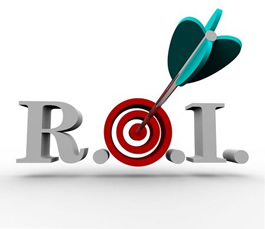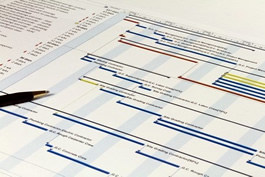 Big data entered the mainstream a long time ago, but its development is still very much ongoing. One of the latest wrinkles in the analytics world is the emergence of so-called “thick data.” The notion behind this development is that, while big data provides large volumes of information, analytics tools often cast too wide a net and are not focused enough.
Big data entered the mainstream a long time ago, but its development is still very much ongoing. One of the latest wrinkles in the analytics world is the emergence of so-called “thick data.” The notion behind this development is that, while big data provides large volumes of information, analytics tools often cast too wide a net and are not focused enough.
Thick data, therefore, is meant to complement big data by allowing users to delve deeper into specific areas that can provide them with the most valuable insights. Sometimes, having access to general sweeping consumer behavior trends is not enough to allow businesses to adequately tailor their services in order to maximize revenue and customer satisfaction.
Two prominent companies that have had success with thick data are Lego and Samsung, which conducted hours of interviews and studies in order to understand their target audience better than they could with mere facts and figures. This is, in essence, the procedure that researchers use in health sciences, and when applied to consumer-oriented industries it can produce very useful results.
“We invite a number of our clients to our facility here on the east coast, and we ask them to work with the software on their own,” explained a software company’s CEO to TechRepublic. “While they are doing this, we videotape them. Afterwards, we analyze the videos to determine which portions of the report design process were easy and intuitive for them, and which they had trouble with. We then break down all of the trouble areas to determine what the issues were, and we find ways to ergonomically solve these.”
The benefits of business intelligence analytics are well-established by now, and successful developments like this one should further cement their place as a top priority for companies.








